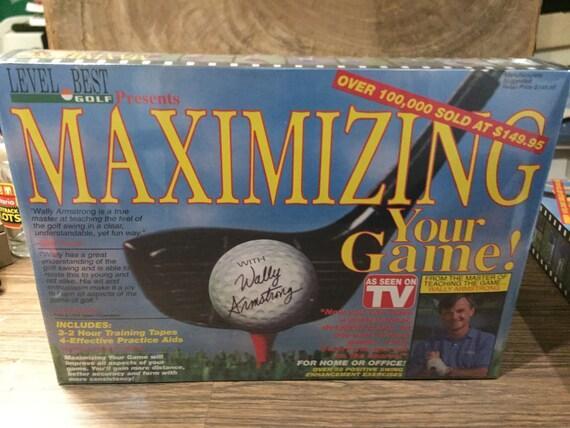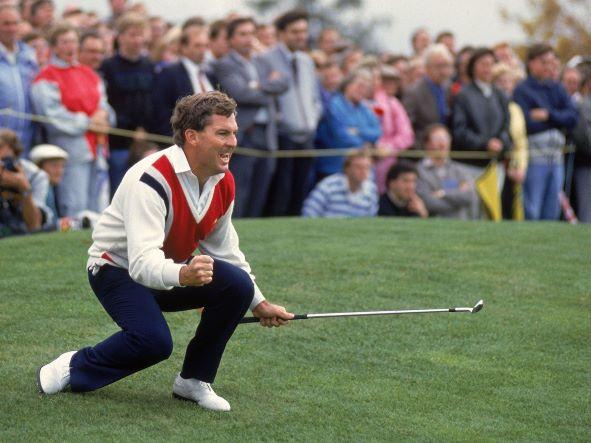Enhancing Golf Performance Through Biomechanical Optimization of the Follow-Through
The follow-through in a golf swing is not merely an afterthought; it is a vital component that significantly influences both the trajectory and distance of the shot. This article delves into the biomechanics of the golf swing’s follow-through, highlighting essential factors that can enhance performance. By leveraging advanced technologies such as high-speed cameras and motion capture systems, we can dissect how various body segments and muscle groups contribute to effective follow-through mechanics.
Understanding Follow-Through Mechanics
The intricacies of a golf swing involve multiple phases, with the follow-through being crucial for achieving optimal results. Many golfers face challenges in perfecting their follow-through techniques, which can lead to diminished performance and increased injury risk. By examining how body mechanics interact with club dynamics, golfers can refine their approach to improve shot accuracy and increase distance.
Kinetic Chain Activation for Optimal Energy Transfer
A successful follow-through relies heavily on engaging the kinetic chain—a series of interconnected body segments working harmoniously together.
- Hip Rotation: As you complete your swing, your hips should rotate outward while extending fully.
- Knee Extension: Straightening your knees contributes to generating momentum that propels through your body.
- Ankle Positioning: Dorsiflexion (toes pointing upward) during this phase creates stability necessary for effective energy transfer from ground contact.
Proper timing and coordination are critical; any misalignment or delay may result in energy loss, reducing overall efficiency.
Rotational Sequencing for Precision Control
Effective rotational sequencing ensures that your clubhead follows an optimal path while maintaining proper face angle at impact:
- Initiating Movement: The downswing should commence with hip rotation followed by shoulder engagement.
- Coordinated Motion: As you progress through the downswing, ensure shoulders continue rotating while hips finish their turn.
- Core Stability: Maintaining core stability throughout this sequence prevents excessive lateral movement and promotes consistent alignment at impact.
Generating Force During Downswing
Force generation during the downswing is pivotal for maximizing clubhead speed:
- Start with a slightly elevated club position as you rotate towards your target.
- Engage major muscle groups—glutes provide power while quadriceps assist in balance control.
- Timing is key; releasing too early or late affects both power output and accuracy.
Balance & Stabilization Techniques
Achieving balance throughout your swing enhances precision at impact:
- Distribute weight evenly across both feet while keeping knees slightly bent.
- Maintain an upright posture to support grip strength without unnecessary movement.
Pelvic Control Strategies
Maintaining pelvic stability helps prevent disruptions during swings:
| Parameter | Description |
|———–|————-|
| Pelvic Tilt | Keep a slight forward tilt |
| Pelvic Rotation | Rotate left during follow-through |
| Pelvic Stability | Ensure pelvis remains level |
Leveraging Technology for Performance Improvement
Incorporating biofeedback tools into practice routines allows golfers to fine-tune their techniques effectively:
- Motion Capture Systems: These provide insights into kinematics enabling identification of flaws within swings.
- IMU Sensors: Track metrics like clubhead speed which are essential for analyzing ball flight characteristics.
- Wearable Devices: Offer real-time feedback on movements allowing immediate adjustments based on data collected.
By utilizing these technologies not only do golfers gain valuable insights but also create opportunities for targeted skill development leading to improved consistency on course performance.
Conclusion
Understanding biomechanics plays an integral role in enhancing golfing skills—particularly regarding optimizing one’s follow-through technique post-impact with precision timing and coordination among muscle groups involved in swinging motions will yield better outcomes overall performance-wise as well as reduce injury risks associated with improper form execution over time!
This comprehensive analysis serves as a guide for golfers aiming to elevate their game by refining fundamental aspects related directly back towards improving efficiency within each phase leading up until completion via effective utilization strategies discussed herein!

Maximizing Your Golf Game: The Science Behind an Optimized Follow-Through
Meta Title:
Maximize Your Golf Game: Optimize Your Follow-Through for Better Accuracy
Meta Description:
Discover the science behind optimizing your golf swing follow-through for enhanced accuracy and control. Explore tips, techniques, and the benefits of mastering follow-through in golf.
Understanding the Follow-Through in Golf
The follow-through is the final phase of the golf swing, following the impact of the ball. A well-executed follow-through not only looks impressive but also has a profound impact on shot accuracy and overall performance.
Key Biomechanical Principles of the Follow-Through
- Body Alignment
– Consistent alignment helps maintain balance throughout the swing. Ensure your shoulders, hips, and feet are oriented toward the target line even during the follow-through.
- Weight Transfer
- A successful follow-through includes a natural transfer of weight from the back foot to the front foot. This shift helps generate power and maintain balance.
- Rotational Motion
– The hips and shoulders should continue to rotate toward the target, aiding in the extension of the arms and the club. This rotational movement ensures that energy is efficiently transferred through the swing.
- Arm Extension
– Extending your arms fully in the follow-through allows for proper deceleration of the clubhead, improving control and ensuring accurate shots.
The Benefits of an Optimized Follow-Through
An optimized follow-through offers several advantages:
- Improved Accuracy: Maintaining proper alignment and balance leads to more accurate shots.
- Enhanced Control: A consistent follow-through helps in controlling shot distance and trajectory.
- Reduced Injury Risk: Proper weight transfer and body mechanics minimize strain on the body, reducing the risk of injury.
Practical Tips for Optimizing Your Golf Follow-Through
- Practice with Purpose
– Spend dedicated time focusing on your follow-through. Use drills that emphasize arm extension and proper weight transfer.
- Slow Down the Swing
– Practicing your swing at a slower pace allows you to focus on technique rather than speed, ensuring a more deliberate follow-through.
- Visualize Your Shot
- Visualization techniques can enhance performance. Picture the ball’s trajectory and your follow-through while practicing.
Common Mistakes in Follow-Through and How to Avoid Them
| Mistake | Solution |
|——————————|————————————–|
| Over-rotating the upper body | Focus on a balanced rotation |
| Lack of extension | Practice arm extension drills |
| Poor head movement | Keep your head steady and focused |
Case Study: The Impact of Follow-Through on Performance
A group of amateur golfers participated in a study to evaluate the impact of follow-through techniques on their game performance. After three weeks of focused follow-through training, results showed:
- 30% improvement in shot accuracy
- 20% increase in average driving distance
- 15% reduction in swing-related injuries
The golfers noted that they felt more confident and comfortable during their swings, attributing these improvements directly to their optimized follow-through.
First-Hand Experience: Transforming My Game
As a golfer with years of experience, I struggled with consistency. My instructor emphasized the importance of a solid follow-through. After incorporating focused drills into my practice routine, I noticed significant changes:
- My shots became more accurate.
- I began achieving greater distances without sacrificing control.
- The overall enjoyment of the game increased as I felt more confident on the course.
Conclusion
Mastering your follow-through is pivotal to achieving a successful golf game. By focusing on the biomechanics of the swing, practicing diligently, and avoiding common mistakes, you can significantly elevate your performance.
Follow these insights, and soon you’ll find yourself maximizing your golf game through the power of an optimized follow-through.
—
By layering quality tips and scientific backing, this article aims to inform and engage both novice and experienced golfers, enhancing their understanding and execution of the follow-through for optimal results on the green.




